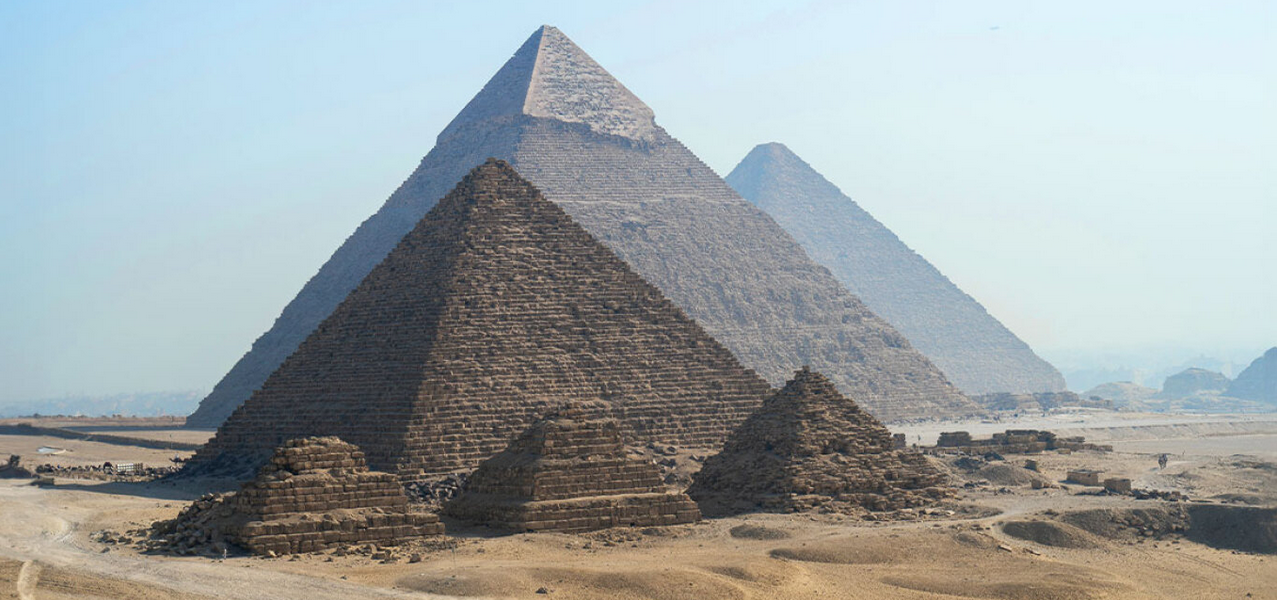Unveiling the tapestry of early civilizations illuminates a rich mosaic of human ingenuity and societal evolution. Amidst the Neolithic era’s dawn, Catalhoyuk in modern-day Turkey stands as a testament to communal living and urban planning. Flourishing between 7500 and 5700 BC, this settlement of 5,000 to 7,000 individuals thrived due to its strategic location near the now-vanished Carsamba River. Its honeycomb-like architecture, comprising mud-brick homes interconnected by passageways, exemplifies early urban cohesion and egalitarianism. The city’s inhabitants, engaged in agriculture and trade, laid the groundwork for future civilizations.
In the heart of Jordan, the Ain Ghazal civilization flourished around 7000 BC, leaving behind enigmatic limestone statues hinting at ritualistic practices. With its 3,000-strong population clustered near modern-day Amman, Ain Ghazal remains a captivating enigma, offering glimpses into ancient beliefs and artistic expression.
Venturing across continents, the Norte Chico civilization thrived along Peru’s coast from 3100 BC, boasting advanced urban planning and communal spaces despite scarce surviving artifacts. In South Asia, the Harappan civilization (2200-1900 BC) showcased remarkable urban infrastructure, including sophisticated drainage and water supply systems, suggesting a highly organized society.
Acropolis: Famous disabled blogger is “super impressed” with accessibility (video)
Further west, the cradle of civilization in Mesopotamia (3500-500 BC) witnessed the birth of writing, mathematics, and early governance systems. Meanwhile, ancient Egypt (3100 BC to 300 AD) left an indelible mark on history with monumental architectural achievements and a rich cultural tapestry.
The legacy of these ancient civilizations extends to the Americas, where the Olmecs (1400-400 BC) pioneered cultural practices and monumental sculptures, while the Maya (2600 BC to 900 AD) flourished with advanced writing systems and architectural marvels.
Source: Ancient Origins
Ask me anything
Explore related questions





